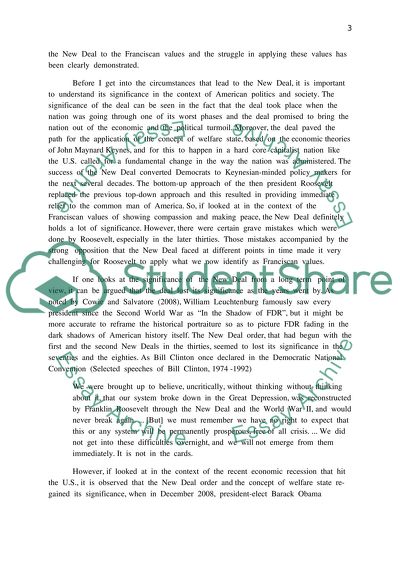Cite this document
(“AMERICAN HISTORY SINCE 1900 Research Paper Essay”, n.d.)
Retrieved from https://studentshare.org/environmental-studies/1420435-american-history-since
Retrieved from https://studentshare.org/environmental-studies/1420435-american-history-since
(AMERICAN HISTORY SINCE 1900 Research Paper Essay)
https://studentshare.org/environmental-studies/1420435-american-history-since.
https://studentshare.org/environmental-studies/1420435-american-history-since.
“AMERICAN HISTORY SINCE 1900 Research Paper Essay”, n.d. https://studentshare.org/environmental-studies/1420435-american-history-since.


